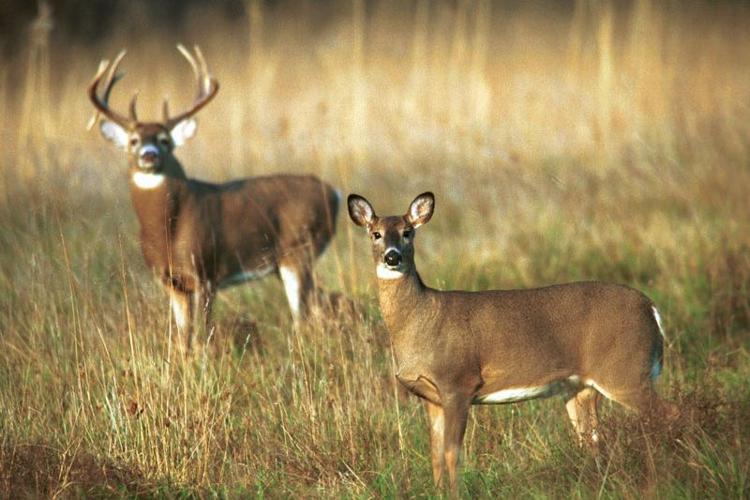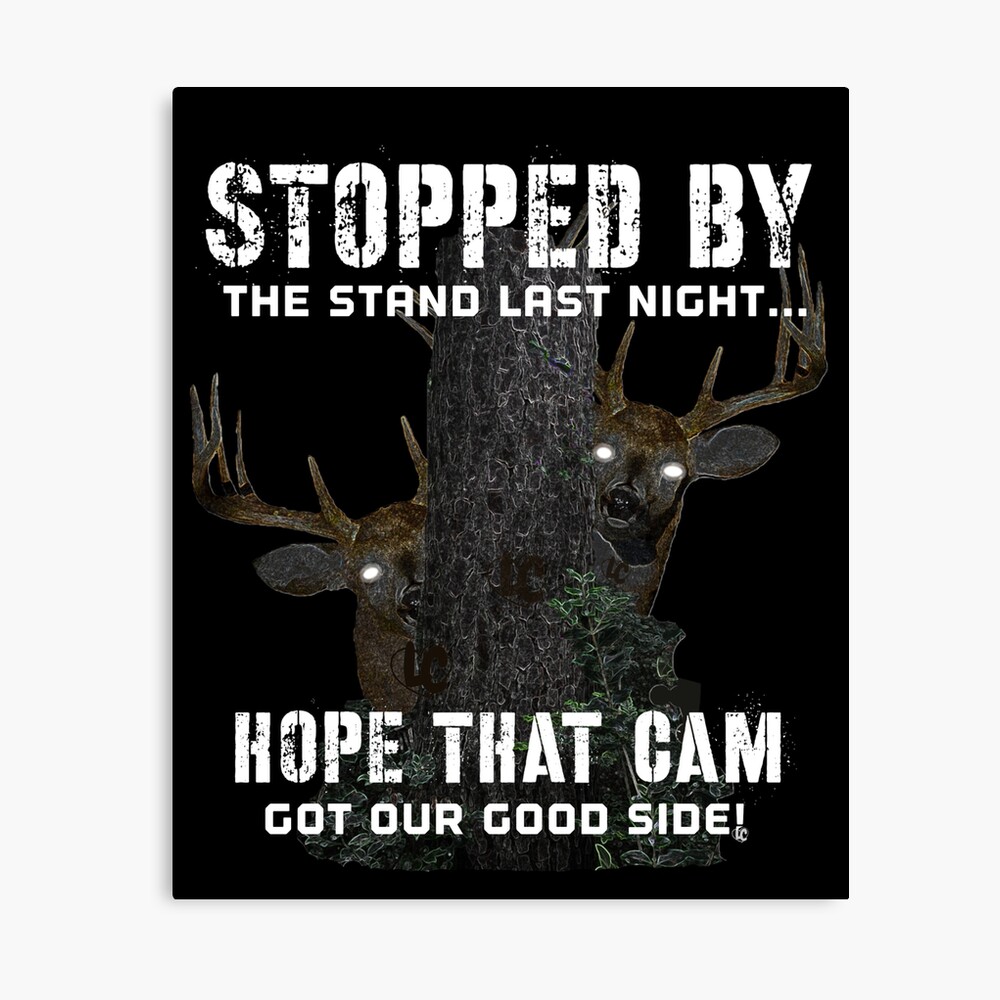

Hunting Safety
For Hunters & Non-Hunters
4 Rules of Firearm Safety
T: Treat every firearm as if it is loaded
A: Always point the firearm in a safe direction
B: Be certain of your target and what’s beyond
K: Keep your finger outside of the trigger guard until you are ready to shoot

It’s that time again!
Who needs Hunter Education in Arkansas? 
Anyone born after 1968 must complete a hunter education course and carry a valid hunter education card to hunt in Arkansas. Children under 16 may hunt without hunter education as long as they are under the direct supervision of an adult who is 21 years old. There is no specific age requirement to enroll in hunter education. However, the educational material is based on a sixth grade reading level. Arkansas recognizes hunter education cards from other states. Arkansas’s hunter education program is recognized in all states, as well as in Canada and Mexico.
What about Oklahoma?
Is there an age limit?
Students under the age of 10 may attend a hunter education class but will not be allowed to take the test or get a card.
What is Hunter Education?
Hunter education covers a variety of topics including firearms safety, wildlife identification, wildlife conservation and management, survival, archery, muzzleloading, and hunter responsibility. It is available online and in an 8-hour traditional course.
Why Hunter Education?
Over the past 40 years, hunting-related accidents and fatalities have declined by more than 70 percent in Oklahoma. Mandatory hunter education courses have not only reduced accidents within Oklahoma but also in every state and Canadian province with similar programs.
Oklahoma’s hunter education program is recognized in all states as well as in Canada and Mexico.
Here are some safety tips to remember for hunters when heading out into the woods:
• Check weather reports before leaving.
• Tell someone where you will be hunting and when you plan on returning.
• Be familiar with the area you plan to hunt.
• Dress properly and be prepared for the worst possible conditions.
• During certain seasons, hunters must wear hunter orange that’s viewable from all directions.
• If accompanied by a dog, the dog should also wear hunter orange or a very visible color on a vest, leash, coat or bandana.
• Check hunting equipment before and after each outing and maintain it properly. Familiarize yourself with its operation before using it in the field.
• Carry a spare set of dry clothing. Use layering techniques to prevent moisture while retaining body warmth. Always bring rain gear.
• Carry a first aid kit.
• Clearly identify your target before shooting. Prevent unfortunate accidents or fatalities.
• Put hunting plans in writing (dates, times, location and expected time of return). The Coast Guard
recommends putting boating plans in writing, leaving one at home and one on your vehicle.
• Be alert when hunting near developed areas and trails. Other recreationists are in the woods as well.
• Avoid wearing white or tan during deer season. Wear hunter orange or other highly visible colors.
Now for the non-hunters, here are some safety tips for you as well:
• Wear bright clothing. Make yourself more visible. Choose colors that stand out, like red, orange or green, and avoid white, blacks, browns, earth-toned greens and animal-colored clothing. Orange vests and hats are advisable.
• Don’t forget to protect fido. Get an orange vest for your dog if he/she accompanies you.
• Make noise. Whistle, sing or carry on a conversation as you walk to alert hunters to your presence. Sound carries well across mountain basins, and hunters should be listening for any sounds of animal movement.
• Be courteous. Once a hunter is aware of your presence, don’t make unnecessary noise to disturb wildlife. • Avoid confrontations.
• Make yourself known. If you do hear shooting, raise your voice and let hunters know that you are in the vicinity.
• Know when hunting seasons are. Continue to hike but learn about where and when hunting is taking place.
• Know your own comfort level. If hunting makes you uneasy, choose a hike in a location where hunting is not allowed, such as a national park or a state park.

